This page contains affiliate links for eCommerce websites. How to Love Comics may recieve a small commission on purchases you make. Find out more in our affiliate disclaimer.
For some reason, I’ve never really gotten into X-Men comics. Sure, I’ve read a Wolverine title here and there, but the team itself never stuck out to me as that interesting. I was always more of a Doom Patrol kind of guy. But then, a couple of months ago, I finally sat down to watch this X-Men ‘97 show people kept talking about. As I streamed episode after episode, I kept finding certain characters really compelling and would look up their comic origins. Over and over again, I saw the same names credited such as writer Chris Claremont, with artists like John Byrne, Dave Cockrum, and John Romita Jr. Of course, I’d heard about Claremont’s legendary run on X-Men, but I hadn’t realized just how much it had added to the team’s roster and lore. So I finally sat down and decided to give this 15-year-long run a go. In the first twenty pages, I knew I was hooked. In this series of articles, I will tackle different chunks of Claremont’s run, which is humongous in scope, to talk about what makes this time in X-Men one for the history books.
 Giant-Size X-Men #1 cover by Gil Kane.
Giant-Size X-Men #1 cover by Gil Kane.Where It All Started
One important distinction to make, right off the bat, is that Chris Claremont actually didn’t start this run. That honor goes to writer Len Wein and artist Dave Cockrum in 1975’s Giant-Size X-Men #1, which was also the first new issue of X-Men in five years. The title had been reprinting old issues since #67 due to poor sales. And though Wein only stuck around for two more issues, co-writing with Claremont, he certainly deserves enormous credit for setting the tone of the writing in the series before fully passing the baton to Claremont. Cockrum, meanwhile, would go on to work with Claremont as artist for much of the start of his run, even coming back in later years for several arcs.
In Giant-Size X-Men #1, Wein and Cockrum introduced the bulk of the new team, and had most of the early members – Marvel Girl, Iceman, Angel, Polaris, and Havok – retire in the following issue. This meant that the new characters were now the entire team roster, with Cyclops sticking around to lead them. Wein and Cockrum created Nightcrawler, Storm, Colossus, Thunderbird, and had pre-existing characters Banshee, Wolverine, and Sunspot join the team. This meant that the X-Men had gone from a group that was made up entirely of white Americans to one that had a German, a Kenyan, a Russian, an Apache American, an Irishman, a Canadian, and a Japanese man on the team. Many of Claremont’s issues would run with this international theme and take place all over the world, from fictional places like Latveria and Muir Island, to very real destinations like Tokyo and Toronto.
 Giant-Size X-Men #1 page by Dave Cockrum.
Giant-Size X-Men #1 page by Dave Cockrum.Wein and Claremont wasted no time in differentiating their run from previous X-Men outings in the first two issues (X-Men #94-95) that they co-wrote. Not only did the charter members of the group disband, but X-Men #95 saw the fiery demise of the hot-headed Thunderbird. The issue ends on a sobering note. Cyclops, standing over the smoldering wreckage looks down and says “I suppose it had to happen sometime. Hell, sooner or later it happens to all of us in this business… it comes with the uniform.” It was a very clear message this creative team was sending: “Don’t assume anyone is sticking around.” Casualties were not only possible, but they were to be expected. No one was so integral to the story that they had earned plot armor. Again, Claremont would see this theme through in subsequent issues. Throughout his run, several members of the team would die or see grievous injuries that would make them unable to continue. Some would retire due to changes in their life, and each and every issue would feel full of real stakes. For once, there was a superhero comic in which anything really could happen.
 X-Men #135 cover by John Bryne and Terry Austin.
X-Men #135 cover by John Bryne and Terry Austin.The Dark Phoenix Saga and Days of Future Past
The first five years of the series would go on to have two of the most famous arcs in all of comics – let alone X-Men comics – The Dark Phoenix Saga and Days of Future Past. It’s almost funny, though, that Claremont has become so well-known for arcs like these. Not because these storylines aren’t incredible, but because if you were to read them by themselves, they feel like a miniscule part of a much bigger picture. And yet, there are a couple of reasons why these arcs do stick out.
For one thing, though The Dark Phoenix Saga only lasted from issues #129-138, the seeds for the story were planted all the way back in issue #100. This issue saw Jean Grey valiantly put her life on the line to save her friends. When she seems to not only survive the ordeal, but also unlock unfathomable amounts of power in herself, she starts to undergo a slow but steady identity crisis that builds over 38 issues and culminates in disastrous and heartbreaking ways.
Claremont, Cockrum, and Cockrum’s successor John Byrne, all showed an immense ability to patiently tease stories out. Nothing felt rushed, and if you were to jump into the big, splashy conclusions of these incredibly intricate storylines, you would really only get a hint of all that was going on. The aftermath of The Dark Phoenix Saga echoed through the story, changing everything for the team forever.
 X-Men #141 cover by Terry Austin.
X-Men #141 cover by Terry Austin.While The Dark Phoenix Saga took a long time to set up, Days of Future Past was quite the opposite. The story appears suddenly, and this time it only lasts for two issues (#141-142). Kate Pryde, an older version of the X-Men’s newest member Kitty, sends her consciousness from the future into her younger body to warn everyone that specific things in their present day would lead to a bleak and hopeless future. Despite its sudden genesis, Days of Future Past arguably has no ending. To this day, X-Men comics make regular nods to the events of these pages and the apocalyptic reality they predicted. It’s like a heavy omen that hangs in the air above our characters. A warning, that if mutants don’t learn to live in harmony with humans, a dystopian dictatorship is what awaits them.
 X-Men #110 page by Tony DeZuniga.
X-Men #110 page by Tony DeZuniga.Beautiful Simplicity
While these arcs have left an indelible mark on the X-Men franchise – even acting as the source material for multiple movies and TV series – they feel like the wrong thing to be taking away from the start of Claremont’s run. These comics shine in moments that seem otherwise mundane. It’s when the X-Men are playing baseball in the mansion’s backyard that we see the quiet yet meaningful moments of character development. It’s in the hushed conversations around a teammate’s sickbed, or the sinister tones of government meetings.
In truth, the greatest thing Claremont has to offer in these mutants is their humanity. Each of their voices feels completely distinct from the others. They all have unique struggles, fears, and dreams. As they grow from a team into a family, you find yourself feeling like you’re growing alongside them. They’re becoming your family too. The expansive reach of the team, with its various cultures and identities, gives every reader someone to connect to – to feel represented by. The big events always give way to the human cost and the subtle yet familiar processing of grief, and the respites from action show us just how alike we are to our mutant brothers and sisters.
And yet, this place of warmth and belonging is only the start. Every family has its dysfunctions, and the future years – which we will be exploring soon – are full of extreme changes for the team. Some are more painful than others. The introduction to Chris Claremont’s X-Men is as charming, riveting, and moving today as it was 40 years ago. Do yourself a favor and check it out.
Reading guide
Issues: Giant-Size X-Men #1 and X-Men #94-142
Publication years: 1975-1980
Marvel Epic Collections: X-Men Epic Collection: Second Genesis, X-Men Epic Collection: Proteus, and X-Men Epic Collection: The Fate of the Phoenix
Marvel Masterworks: Marvel Masterworks: The Uncanny X-Men Volume 1-6.
These comics and collections can be found in all good comic book shops, online retailers, eBay, Amazon/Kindle, and Marvel Unlimited.

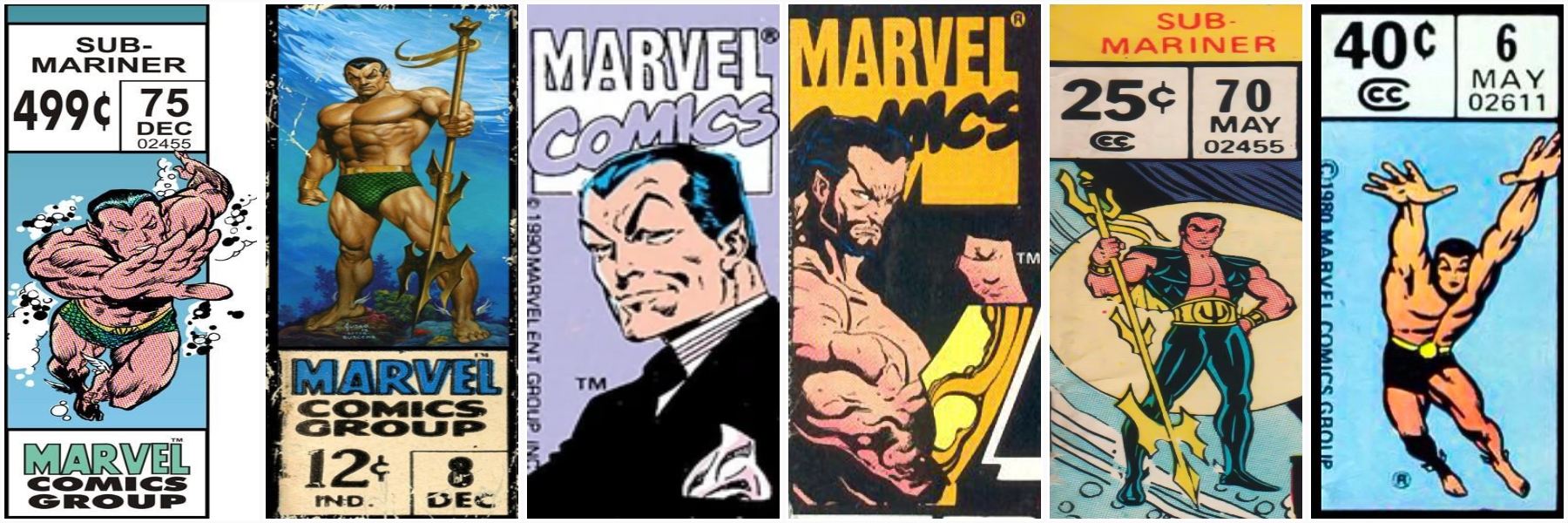


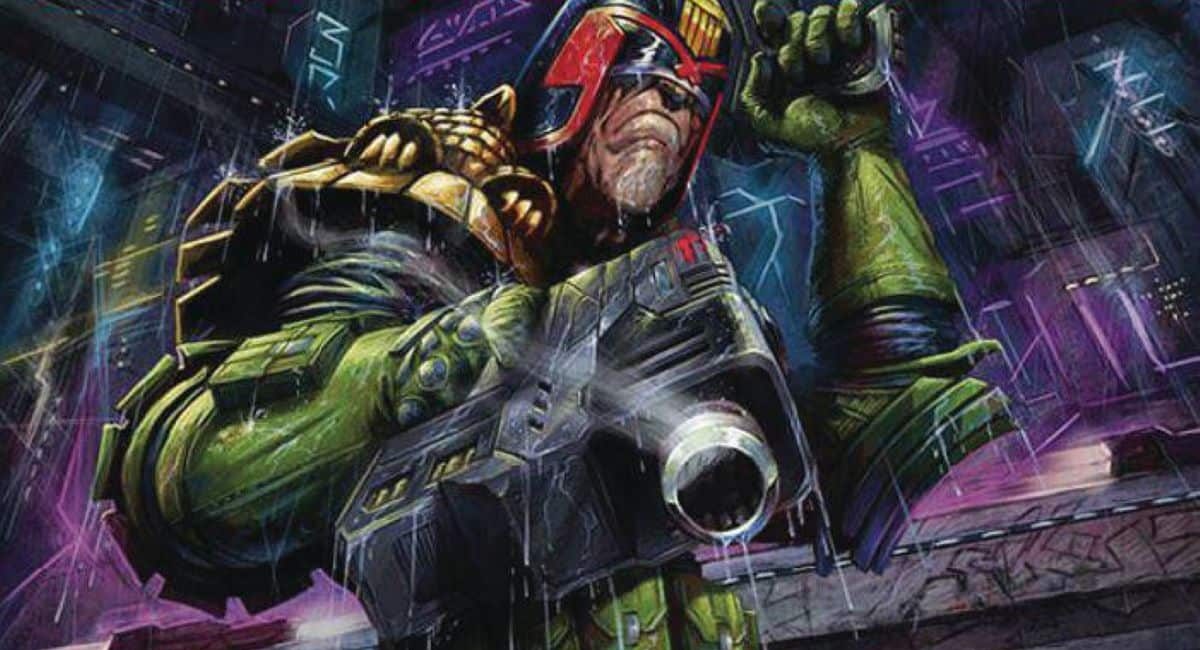
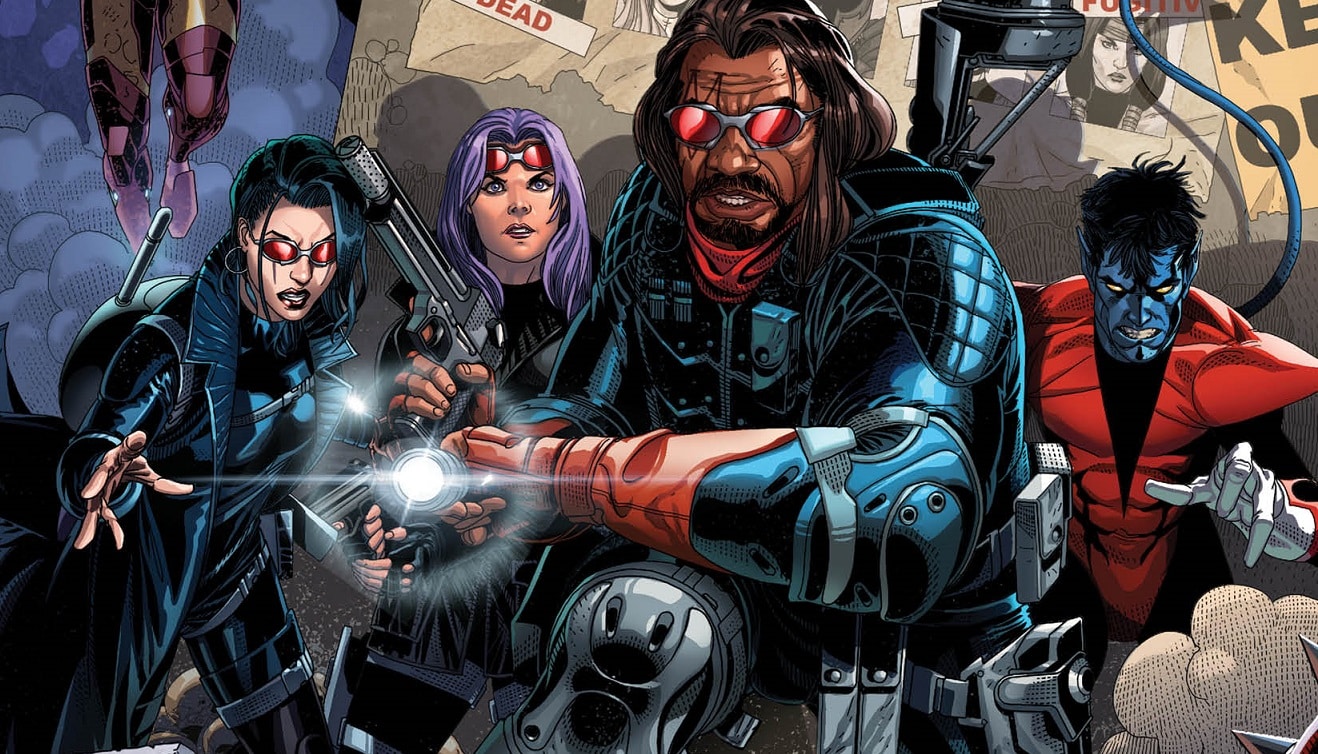





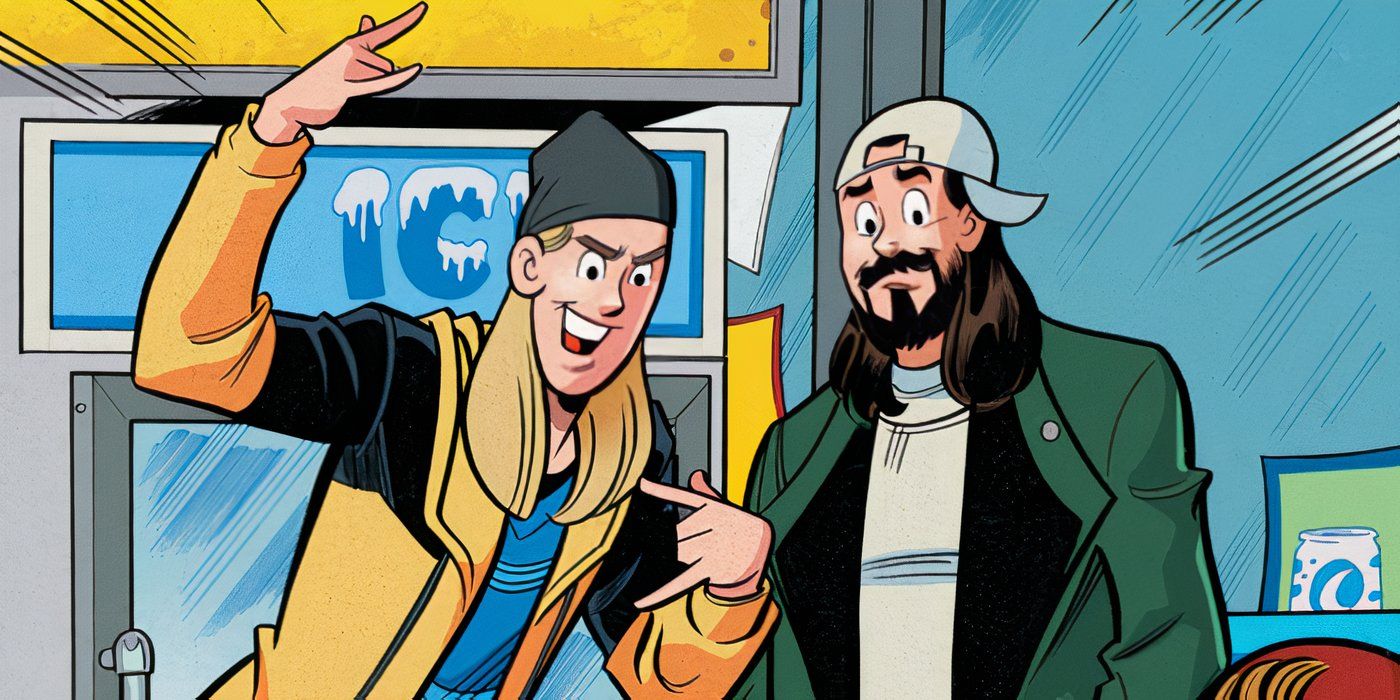
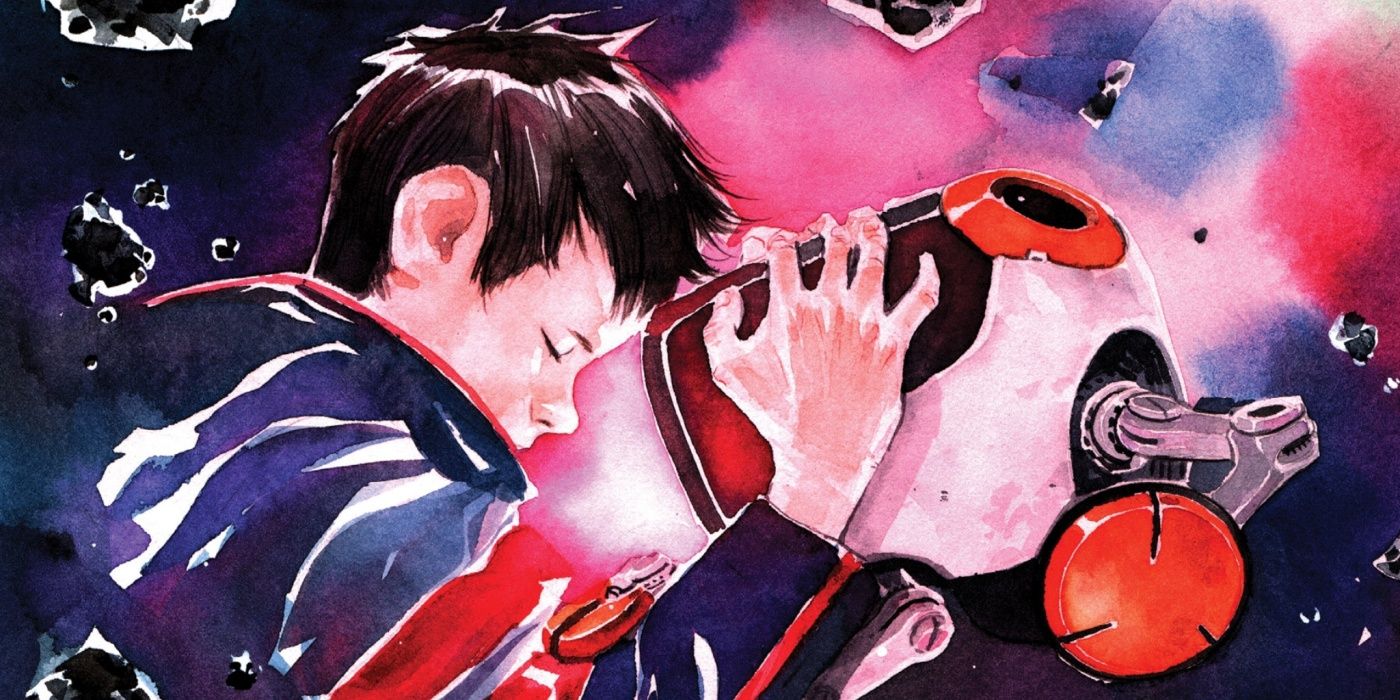


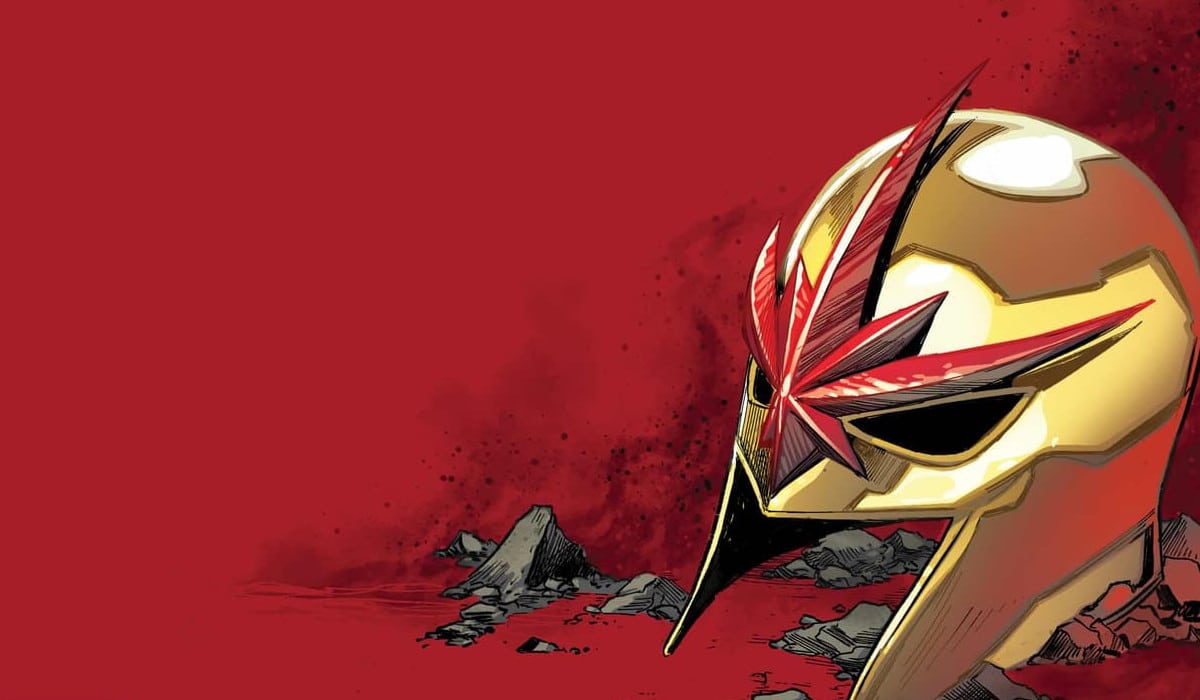

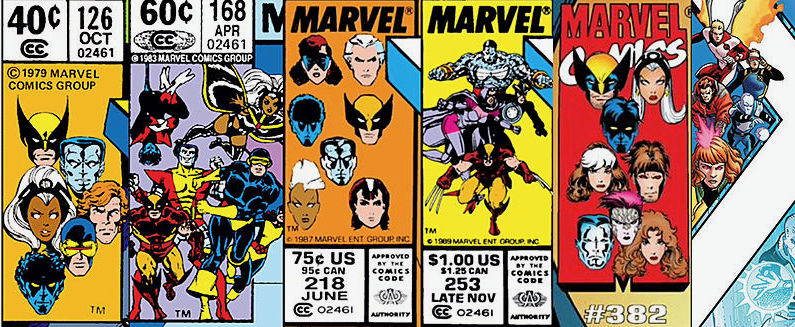

 English (US) ·
English (US) ·